Windows 10 S breathes new life into UWP — and paves the way for 'Surface phone'
Two years ago, Microsoft launched the "Project Centennial" app bridge so developers could bring Win32 apps to the Universal Windows Platform (UWP). Then nothing happened.
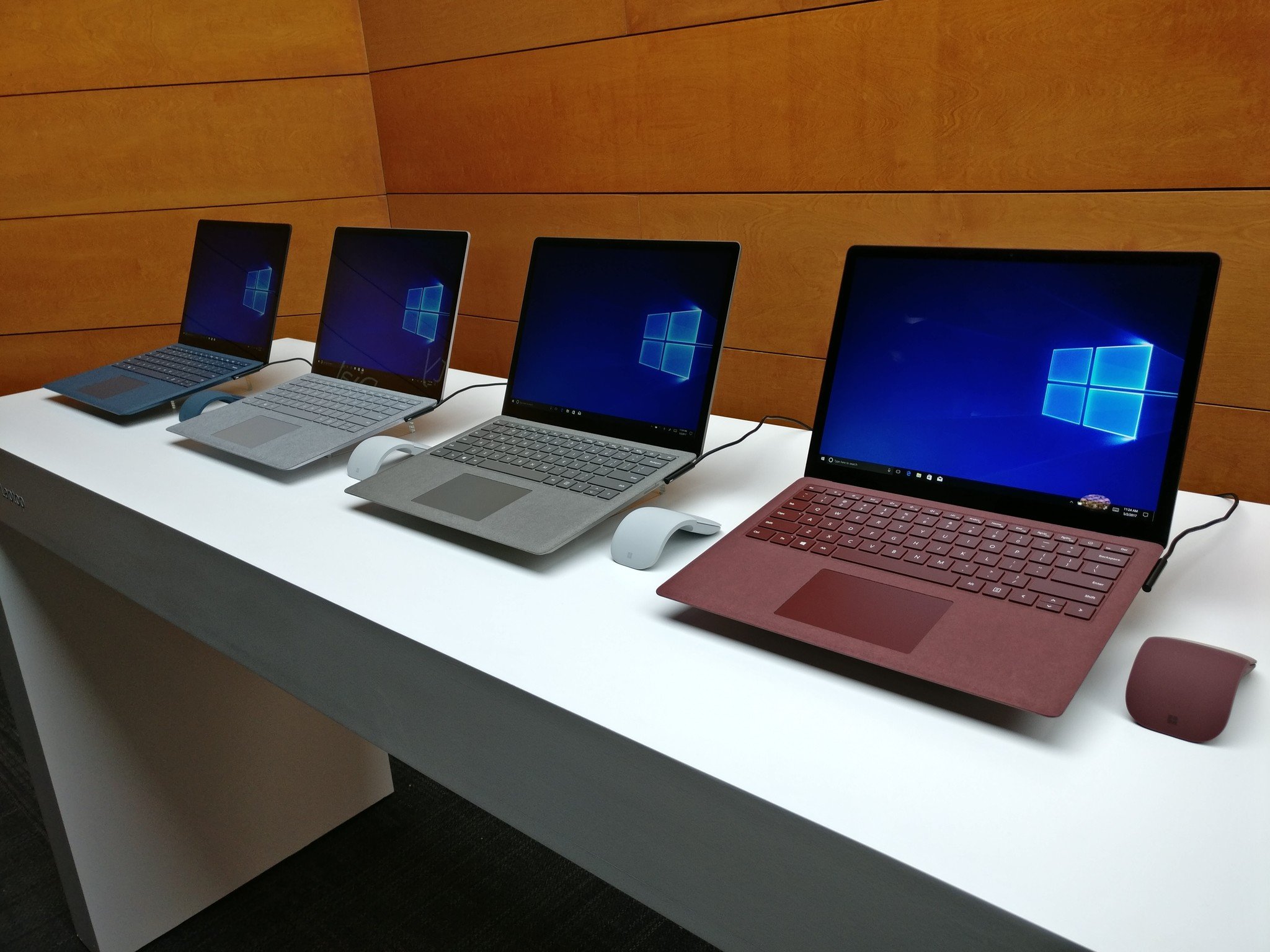
The UWP is Microsoft's unified, core-based development platform that also provides a cohesive app experience for users across the breadth of Windows-based devices. UWP apps have the benefit of being more secure than traditional programs, in part because they are distributed exclusively through the Windows Store.
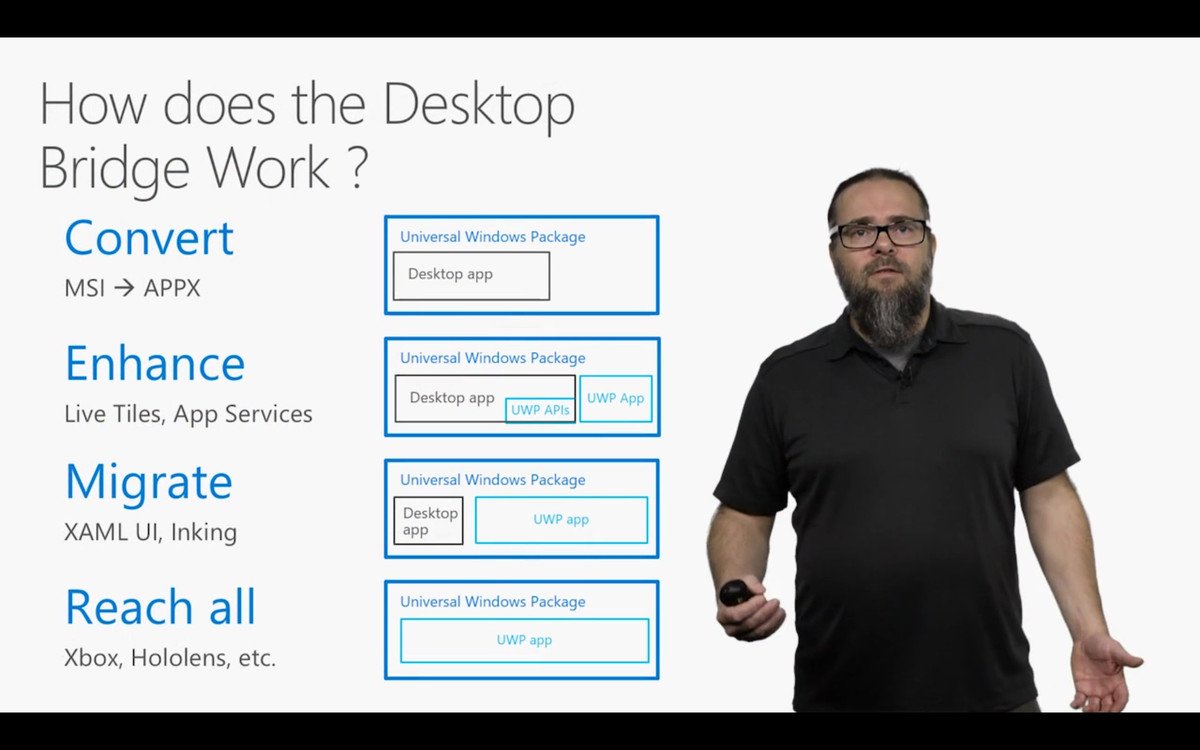
Their integration in the Windows 10 platform enables features such as push notifications, Cortana integration, Live Tiles, running background tasks, and accessing other app services.
This synergy of app features and the OS is Microsoft's Windows 10 vision of personal computing across its device family, including the anticipated "ultimate mobile device". Sadly, though Microsoft appealed to developers to update existing Windows apps to the UWP, few have. Furthermore, the Project Centennial (Win32), "Westminister" (Web) and "Islandwood" (iOS) app bridges were supposed to bring apps from other platforms to the UWP. But that didn't happen.
In the two years since Project Centennial's (and its companion bridges) introduction, it received little promotion. Microsoft has provided developers with the tools to do more with their apps but has failed to provide a compelling story as to why they should use them.
Every story needs a setting to propel the plot forward. The newly introduced Windows 10 S, which runs only Store apps, is the "setting" Microsoft's UWP story has always needed. Here's why
Modernizing Win32 apps for the PC
Microsoft's poor advocacy for the app bridges and a prevailing perception that UWP was phone-focused led to a muddying of what Microsoft's purpose of the UWP and Project Centennial has always been.
Agreed👍🏿 In Apr 2016 article I argued Centennial is MS strategy to modernize Win32 apps for todays PC😎 https://t.co/EaDTdcrVwa pic.twitter.com/wpRB31NX9NAgreed👍🏿 In Apr 2016 article I argued Centennial is MS strategy to modernize Win32 apps for todays PC😎 https://t.co/EaDTdcrVwa pic.twitter.com/wpRB31NX9N— Jason L Ward (@JLTechWord) May 2, 2017May 2, 2017
Part of Microsoft's vision for UWP is modernizing Win32 apps for today's personal computing experience. This experience retains the traditional productivity-focused desktop setting but is also increasingly mobile.
Get the Windows Central Newsletter
All the latest news, reviews, and guides for Windows and Xbox diehards.
Microsoft's personal computing vision requires a modernization of Win32 apps.
The UWP and the modernization of Win32 apps are part of Microsoft's long-term goal to facilitate a personal computing experience in which users can seamlessly move from a productive desktop experience to a fluid mobile one on a single device.
Surface phone should be more than a phone
Microsoft attempted to initiate (but failed to adequately communicate) this strategy with the necessary first step of bringing Win32 apps to the UWP.
A PC focus has always been the strategy

Last year I presented the following analysis:
Microsoft is aware that despite declining PC sales due to the increase in mobile personal computing, the PC is not dying — it is changing … combined with the fact that many personal computing tasks are still optimally facilitated in a desktop space. Personal computing then is both a mobile and static experience.Microsoft realizes that the 16 million legacy Windows apps will always have value. I believe that the company sees them as powerful tools that simply need to be updated, or evolved, to adapt to the new world of mobile and desktop computing. This juncture is where Microsoft's Project Centennial … comes in.This topic is usually discussed … within the context of how this Bridge will bring apps to Windows "phone." The argument that is often made is that no one wants desktop apps on a phone. Fair enough. But let's look at this from another angle.[This] Centennial Bridge strategy succeeds in updating the familiar desktop environment so that programs that we are accustomed to are adapted to a world with both static and mobile computing demands.
Smartphones are dead: Evolve or die, Microsoft's ultramobile PC strategy
At the time I wrote that a year ago, most people were focused on the phone's place in the UWP. My analysis highlighting Microsoft's priority of moving Win32 apps to the UWP to modernize the desktop experience likely seemed misguided. This is especially true since Microsoft's own messaging about its strategy was poorly communicated.
With the introduction of Windows 10 S and the absence of first-party phones, a much clearer message highlighting the accuracy of that analysis is emerging.
Project Centennial is finally a bridge to somewhere
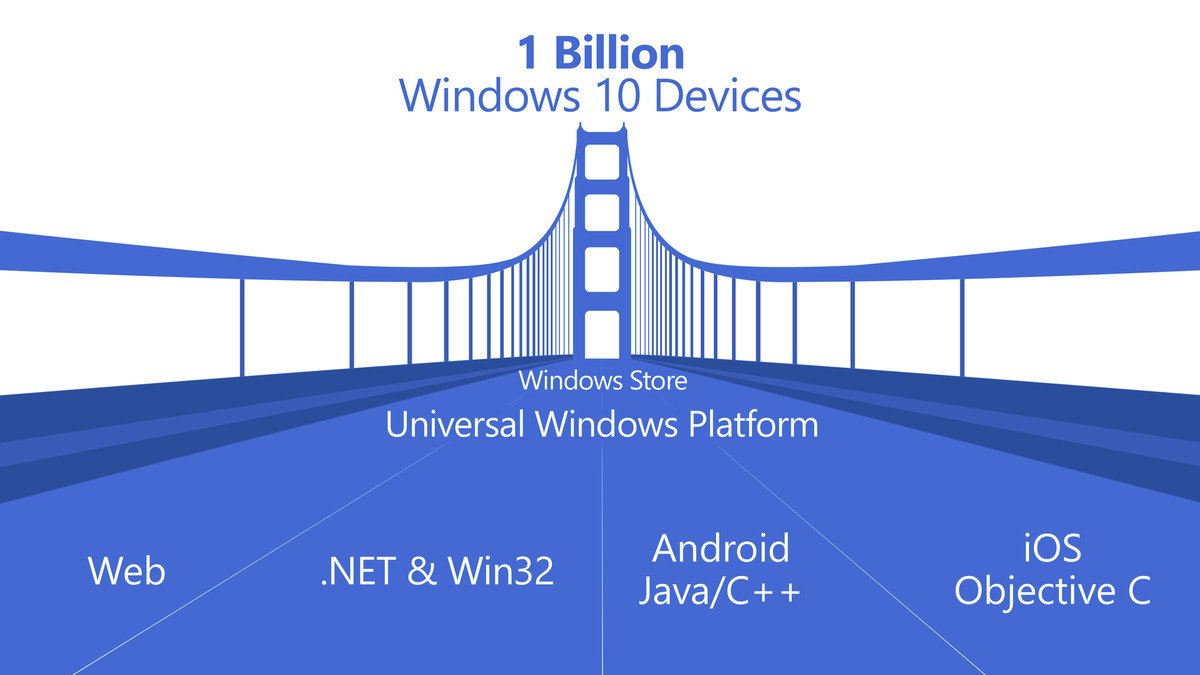
Many developers didn't see the value in using the desktop app convertor and the Centennial app bridge to bring apps to the Window Store. Current PCs ran their traditional apps in their current forms just fine.
Even with Windows on ARM, cellular PCs would run their unaltered apps equally as well, as seen in the video below.
The ambitious vision of Win32 apps on a potential Continuum-enabled Surface "phone" didn't present a compelling story to developers either.
Microsoft's Project Centennial app bridge makes sense of Win32 apps on phone
Developers needed a reason to convert their apps to UWP. Windows 10 S and the Surface Laptop may be that reason. Windows Chief Terry Myerson explained that Windows 10 S is the same Windows users and developers have come to know. The only difference is that it will not run Win32 apps.
Start 'em young
Microsoft strategically positioned Windows 10 S for the education sector. Beginning next fall, young students using affordable Windows 10 S-powered laptops will use various UWP apps to help prepare them for the future. The range of apps that will cater to these students and the tools Microsoft is providing educators demonstrate the traditional power of Windows with a modernized app model. This may be the practical UWP "story" developers needed to hear.
As a segue between post-secondary education and the "real world," Microsoft introduced the Windows 10 S-powered Surface Laptop. Targeted at college students, this $999 Ultrabook is positioned as a MacBook competitor. Like it's lower-end primary and secondary school-focused counterparts, the Surface Laptop is capable of performing all the productivity tasks common to Windows.
The company demonstrated this by converting its popular Office Suite into UWP apps, which will be sold through the Windows Store.
The conversion of the world's most popular productivity suite into a form that works as users expect on an app-focused version of the world's most popular PC OS may help Microsoft communicate its UWP vision. Developers may finally see benefits and maybe even a need to move their Win32 apps to UWP.
Microsoft targets children
By introducing Windows 10 S in the primary and secondary school environments, Microsoft is clearly attempting to familiarize children with the tools that the company hopes they'll use in the real world. The higher-end Surface Laptop is meant to do the same for college students. It is also meant to inspire OEMs to produce higher-end Windows 10 S laptops. Redmond hopes they'll be common in the market as today's primary and secondary students reach college age.
Microsoft is bringing one of the world's most used Win32 apps, Office, to this platform (and as other apps follow in time), so many users may find upgrading to the Pro version for access to Win32 apps (for $49) unnecessary. This would make Windows S more popular, relevant and an increasingly appealing OS option for OEM partners.
As OEMs bring a variety of Windows S devices to market, developers may be compelled to keep their apps relevant on an increasingly relevant platform by modernizing apps via UWP. And Microsoft's long-term strategy of "training" children, education institutions, college students and families on Windows 10 S may succeed.
This part of Microsoft's UWP strategy is critical to the success of the next part.
The future of the PC is Continuum
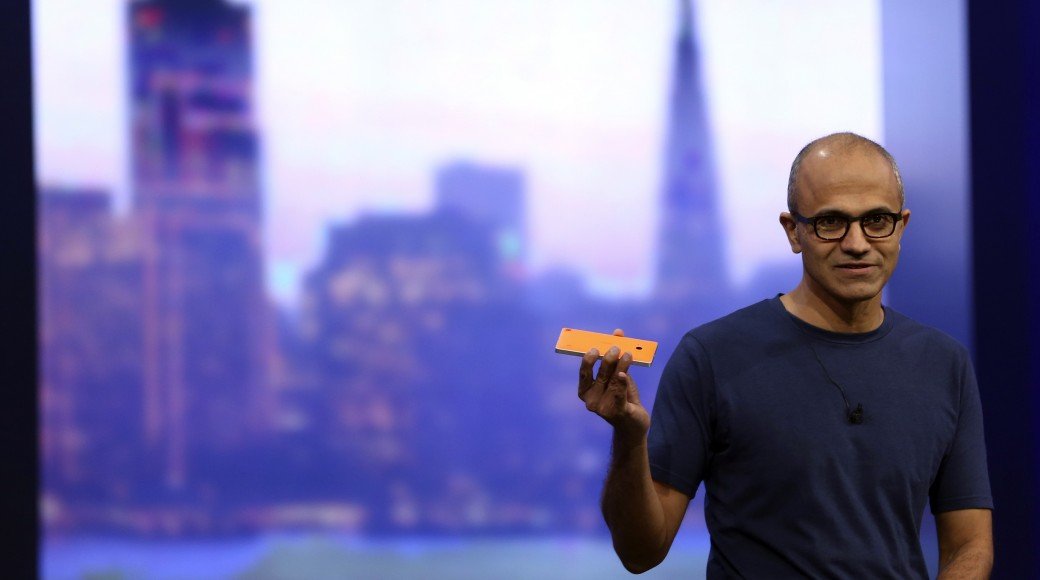
Microsoft's CEO Satya Nadella said the company is planning an ultimate mobile device. He recently reiterated that Microsoft's next device will not have the traditional phone form and function:
[We're] looking for what's the next change in form and function. [We] created that [2-in-1] category and made it a successful ... we'll make more phones, but they will not look like phones that are there today.
An important point to note within the context of this piece is Nadella's stress on the importance of Continuum's ability to turn a phone into a desktop:
This one particular feature that we have called Continuum, which is a phone that can even be a desktop.
Microsoft's goal with Windows 10 S, UWP and Project Centennial is to modernize the desktop experience. That trek does not end with Windows 10 S laptops, 2-in-1s and tablets. Microsoft's ultimate mobile device is also part of this strategy.
The company's goal is focused on a single device that can serve the full range of personal computing.
'Surface phone' is about personal computing
Personal computing takes many forms. It can be productivity-focused at a desk with a monitor and keyboard, consumption-focused on a couch with a tablet, or on-the-go, triaging emails or editing documents on a smartphone or laptop.
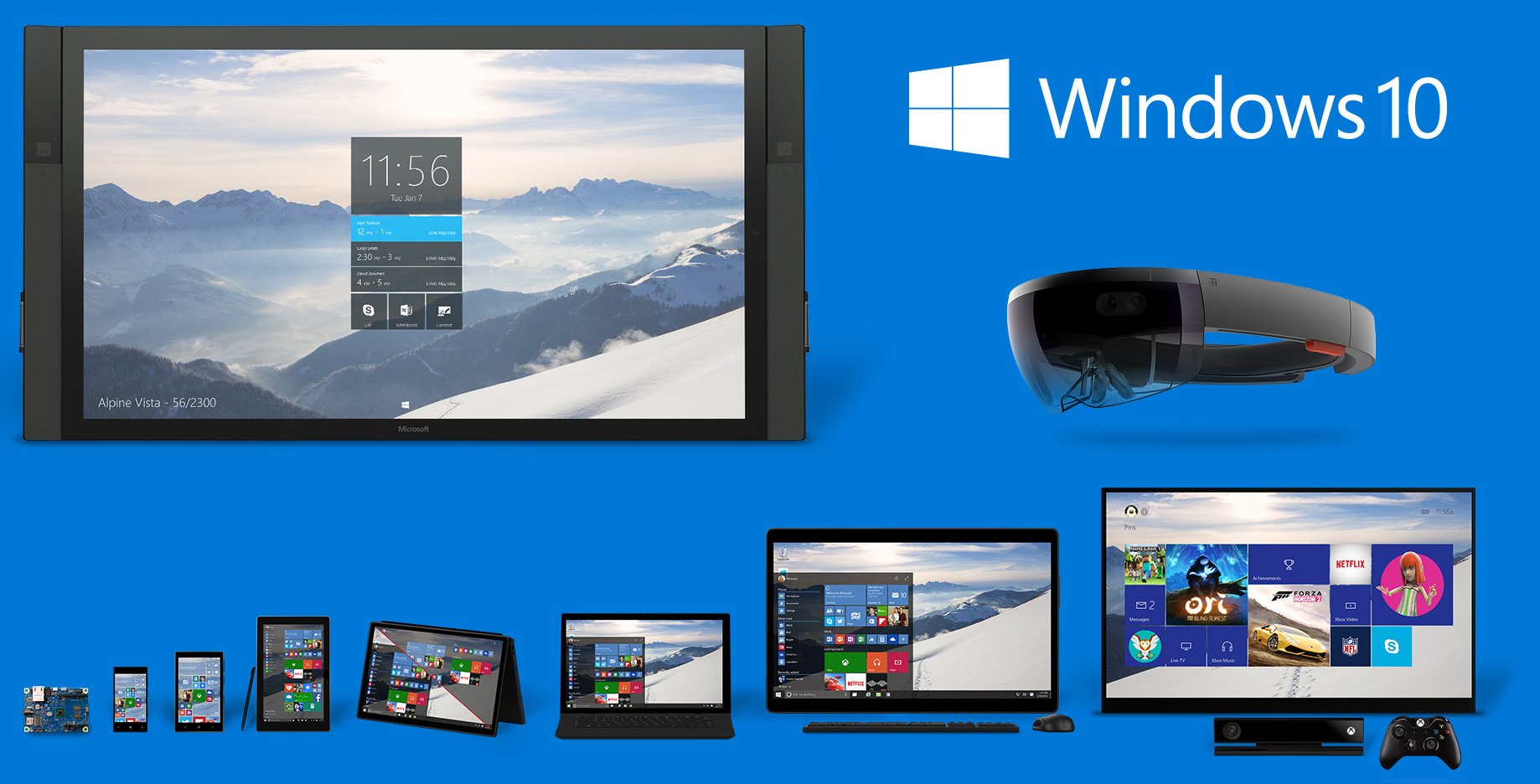
Microsoft wants to create a platform that will help users "do more" with one device. The fallacy some encounter when envisioning this is picturing Microsoft cramming a PC into a smartphone-shaped form factor. Nadella stressed Microsoft's targeting a new "form." With Continuum, which turns the phone into a PC, Microsoft's also targeting a new "function."
With Windows 10 S, Microsoft has a compelling message to get Win32 apps to UWP. In time, an ultimate mobile device will potentially be able to serve the full range of our personal computing needs. Through Continuum, it may be our productivity-focused desktop when connected to a monitor and keyboard, our laptop when connected to an HP Lap Dock-like device, or our phone and tablet possibly with a folding design with Cshell.
How Microsoft can ensure 'Surface phone' success
Whatever the outcome, Windows 10 S may finally be a reason for developers to embrace the UWP and bring their Win32 (and other) apps to the platform.
As I've been stressing, Microsoft is moving a telephony-enabled PC into the mobile space and Project Centennial will likely get a big push at Build 2017.
Read these:
If Microsoft doesn't kill at Build 2017 the Surface phone may be dead on arrival
Is early 2018 too soon for a Surface phone?
Will Microsoft's rumored Surface Phone be a reimagined Surface Mini?
Jason L Ward is a columnist at Windows Central. He provides unique big picture analysis of the complex world of Microsoft. Jason takes the small clues and gives you an insightful big picture perspective through storytelling that you won't find *anywhere* else. Seriously, this dude thinks outside the box. Follow him on Twitter at @JLTechWord. He's doing the "write" thing!

